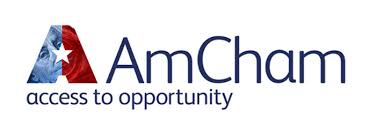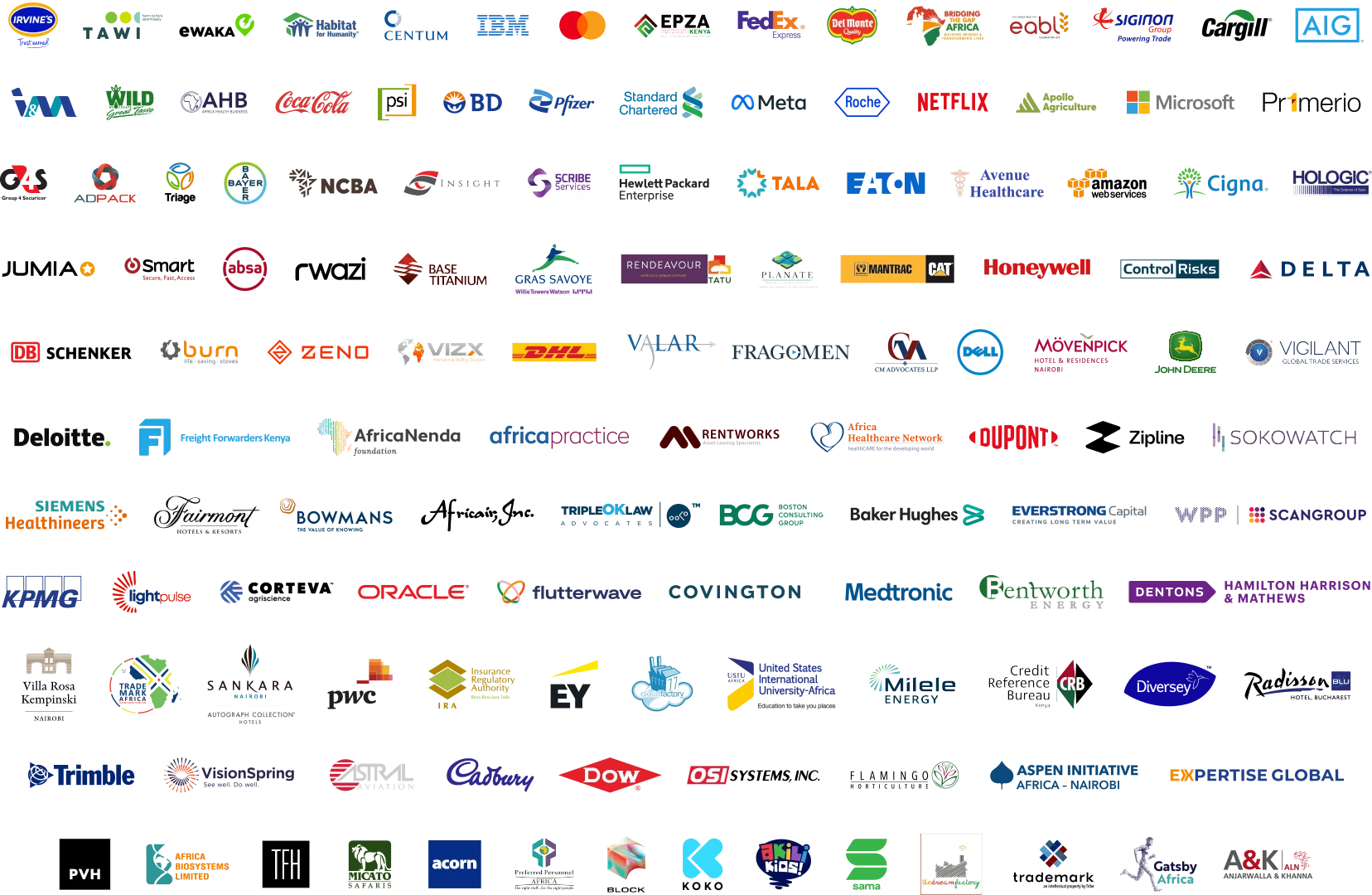This article is taken directly from the source cited and does not necessarily represent the position of AmCham Kenya.
By Andrew Mold
Published October 20, 2020
The implementation stage of the African Continental Free Trade Area (AfCFTA) is due to begin in under three months. While the COVID-19 crisis has undoubtedly complicated the picture, the East Africa region is actually well-placed to implement the AfCFTA. Despite the skepticism expressed in some quarters about the ability of countries to get the landmark trade agreement up and running, there are strong reasons for optimism.
Thus far, it is true that only five countries in Eastern Africa have deposited their ratification of the AfCFTA. However, it is not the number of countries that counts but the fact that a regional block of contiguous countries—representing around three-quarters of regional GDP—is coalescing. From January 1, 2021, Djibouti, Ethiopia, Kenya, Rwanda, and Uganda will all begin a reduction in their tariffs—starting with a linear reduction on 90 percent of tariff lines—leading to the elimination of tariffs on intra-regional imports over a period of five years (10 years in the case of countries classified by the United Nations as “least developed countries”); by the standards of regional trade agreements, this pace of liberalization will be quite rapid.
One of the big boons for the region from the AfCFTA will be unblocking the trade barriers between Kenya and Ethiopia—the two largest economies in eastern Africa. Despite previous efforts to deepen economic relations, the volumes of bilateral trade between the two remain exceedingly low. In fact, total bilateral trade did not even reach $70 million in 2019, accounting for just 0.5 percent of Ethiopia’s total exports and 0.09 percent of Kenya’s, and consisting principally of food and live animals and some manufactured goods (Table 1).
The reasons for this neglect so far of these neighboring markets are fairly clear and go beyond the usual considerations of prevailing low per capita incomes. On the one hand, Ethiopia retains a fairly protectionist tariff policy, with high tariff peaks in particular sectors. But East African Community (EAC) members like Kenya (and not Ethiopia) also currently impose a high common external tariff on imports of Ethiopian goods in spite of the fact that both countries are members of regional grouping the Common Market for Eastern and Southern Africa (COMESA). The reason is that Ethiopia has not yet acceded to the COMESA Free Trade Area, and, hence, relatively high tariffs are still imposed on bilateral trade. A similar problem impacts Burundian, Rwandan, and Ugandan trade with neighboring Democratic Republic of the Congo (DRC)—all are members of COMESA, yet the DRC has yet to accede to the FTA.
In principle, the implementation of the AfCFTA will pave the way for a rapid dismantling of such impediments to cross-border trade. Alongside the removal of tariff barriers, the AfCFTA will also focus attention on outstanding nontariff barriers (NTBs), an important step toward increased trade in the region as studies consistently show that NTBs constrain intra-regional trade as much as or even more than tariff barriers. East Africa has already made some progress in this area by, for example, installing 25 one-stop border posts, significantly reducing the time taken for goods to pass through customs. Accompanying regional programs to the AfCFTA, like the African Union’s Action Plan for Boosting Intra-Africa Trade (BIAT), should help accelerate the progress. Continue reading...
Source: Brookings







